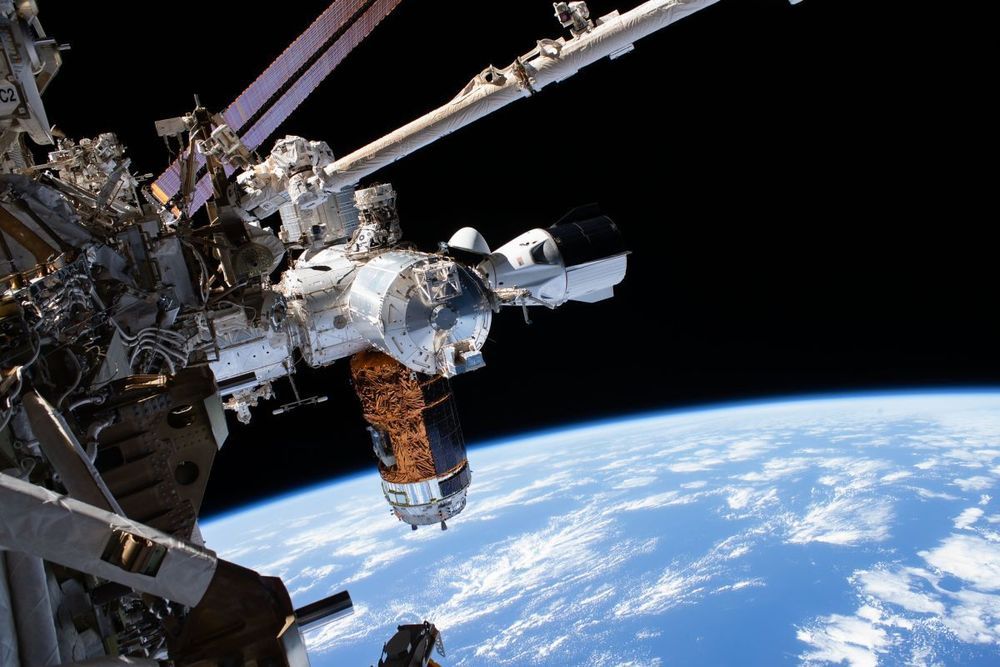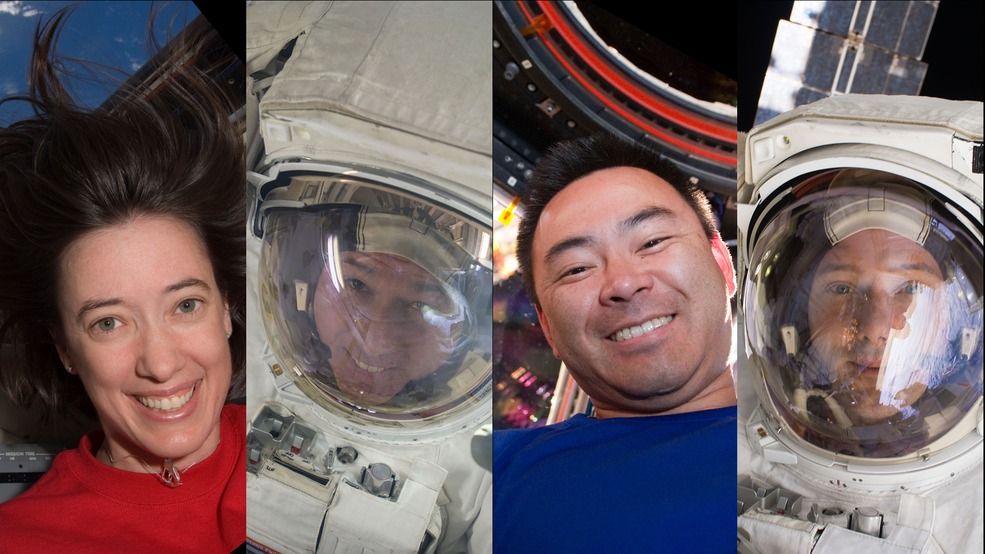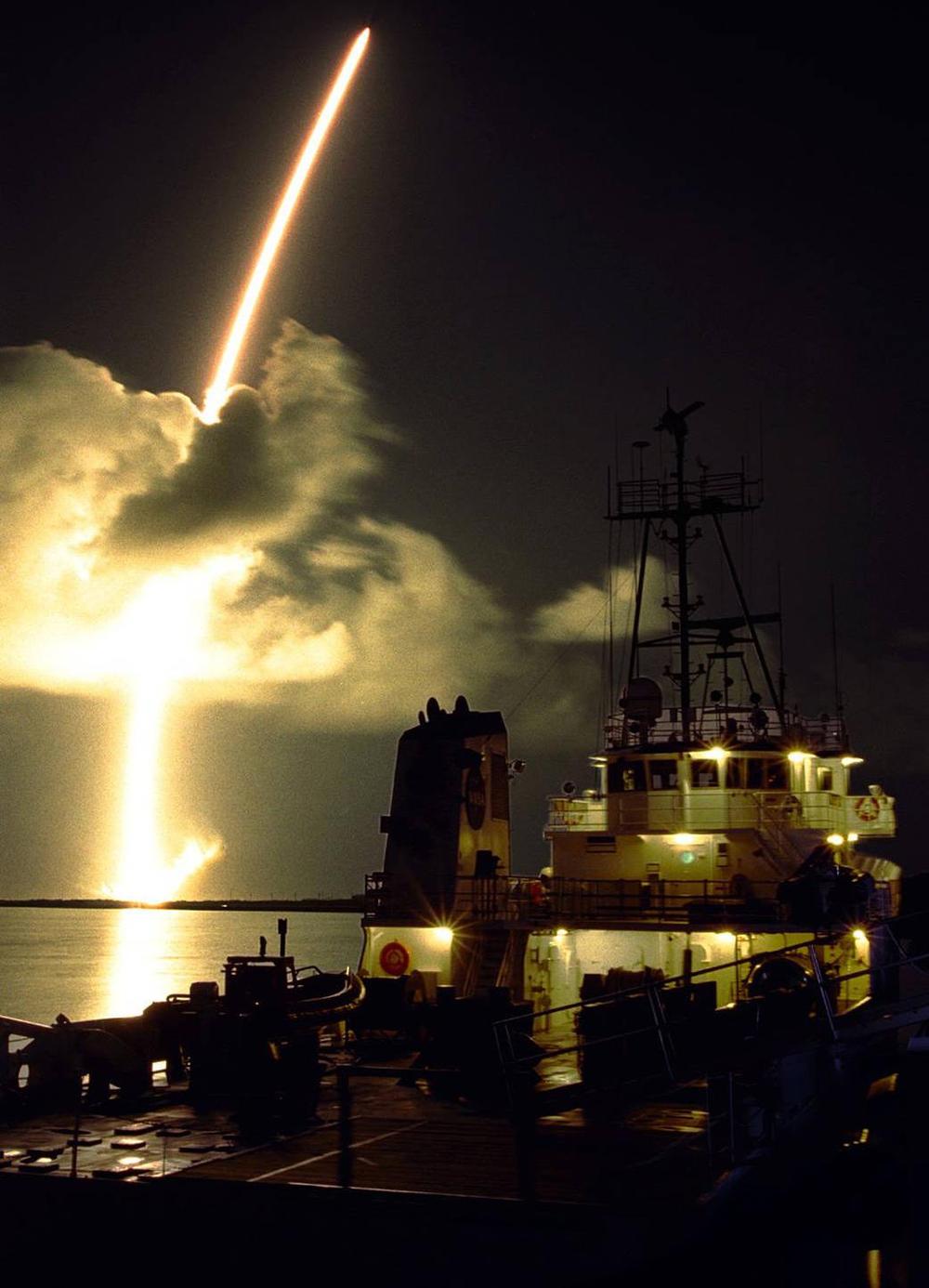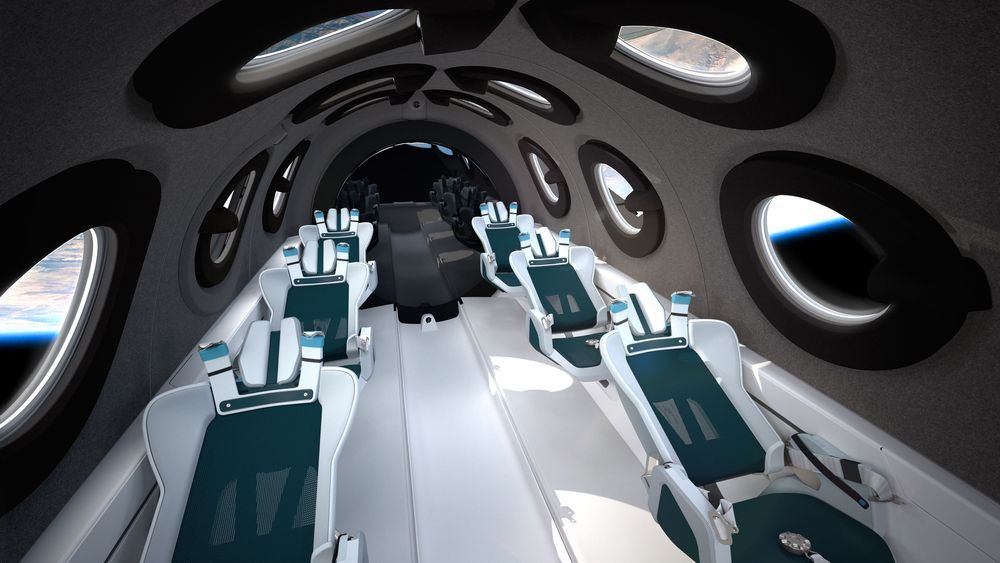SpaceX’s first Crew Dragon capsule to carry NASA astronauts will undock from the International Space Station tonight (Aug. 1), setting the stage for a historic weekend splashdown.
Category: space travel – Page 325

I now have good signal strength with my team back on Earth
They’re tracking my location and will keep talking to me as I cruise to Mars. go.nasa.gov/3ggbNGu #CountdownToMars

SpaceX, NASA watch weather for historic astronaut splashdown on Sunday
SpaceX is ready to return its first NASA astronaut crew to Earth, but a potential tropical cyclone brewing in the Atlantic could cause delays.
The SpaceX Crew Dragon spacecraft, called Endeavour, is scheduled to splash down off the Florida coast on Sunday afternoon (Aug. 2). Its crew, NASA’s Bob Behnken and Doug Hurley, is wrapping up a historic two-month test flight, the first orbital trip by astronauts on a commercial spacecraft. Their splashdown will also mark the first water landing by American astronauts since the Apollo-Soyuz mission in July 1975.

NASA announces astronauts to launch on SpaceX’s Crew-2 Dragon in 2021
SpaceX’s Crew-2 mission for NASA has its astronauts.
NASA and its international partners have officially assigned the astronauts to fly on SpaceX’s Crew-2 mission in spring of 2021, the U.S. space agency announced today (July 28). The mission will be SpaceX’s second operational Crew Dragon flight to the International Space Station, following the upcoming Crew-1 astrononaut mission, which is slated to launch in September.

Virgin Galactic reveals SpaceShipTwo cabin interior
Virgin Galactic, a British aerospace and space travel company within the Virgin Group, today revealed the cabin interior of its SpaceShipTwo vehicle, VSS Unity in a virtual event streamed live on YouTube.

Virgin Galactic Spaceship Cabin Design Reveal
Join a virtual walkthrough of SpaceShipTwo Unity’s cabin, curated by our design team.
Want to fly to space with us? Join our community of Spacefarers to take One Small Step towards reserving your seat on our flights. More info; https://virgingalactic.com/smallstep/

Take a first look inside Virgin Galactic’s spaceship cabin for tourists
Virgin Galactic is giving its customers a first look inside the cabin that will carry them to the edge of space and back, as the space tourism company gets closer to finishing development of its spacecraft.
“Every seat is a window seat,” Virgin Galactic design director Jeremy Brown told CNBC about the interior.
The cabin’s design is the central piece of the company’s product, especially due to the variety of stages during a Virgin Galactic spaceflight. In all, a trip will last about 90 minutes from takeoff to landing. But that will include taking off from a runway under the power of a jet-powered carrier aircraft, a brief free-fall after the spacecraft is released from under the aircraft at about 50,000 feet altitude, a rocket-powered burst of acceleration skyward hitting more than three times the speed of sound and then a few minutes floating weightless in micro-gravity at the edge of space.
SpaceX Crew Dragon Demo-2: How to watch NASA astronauts return to Earth
Bob Behnken and Doug Hurley made history getting to the space station. Now they’re coming home.